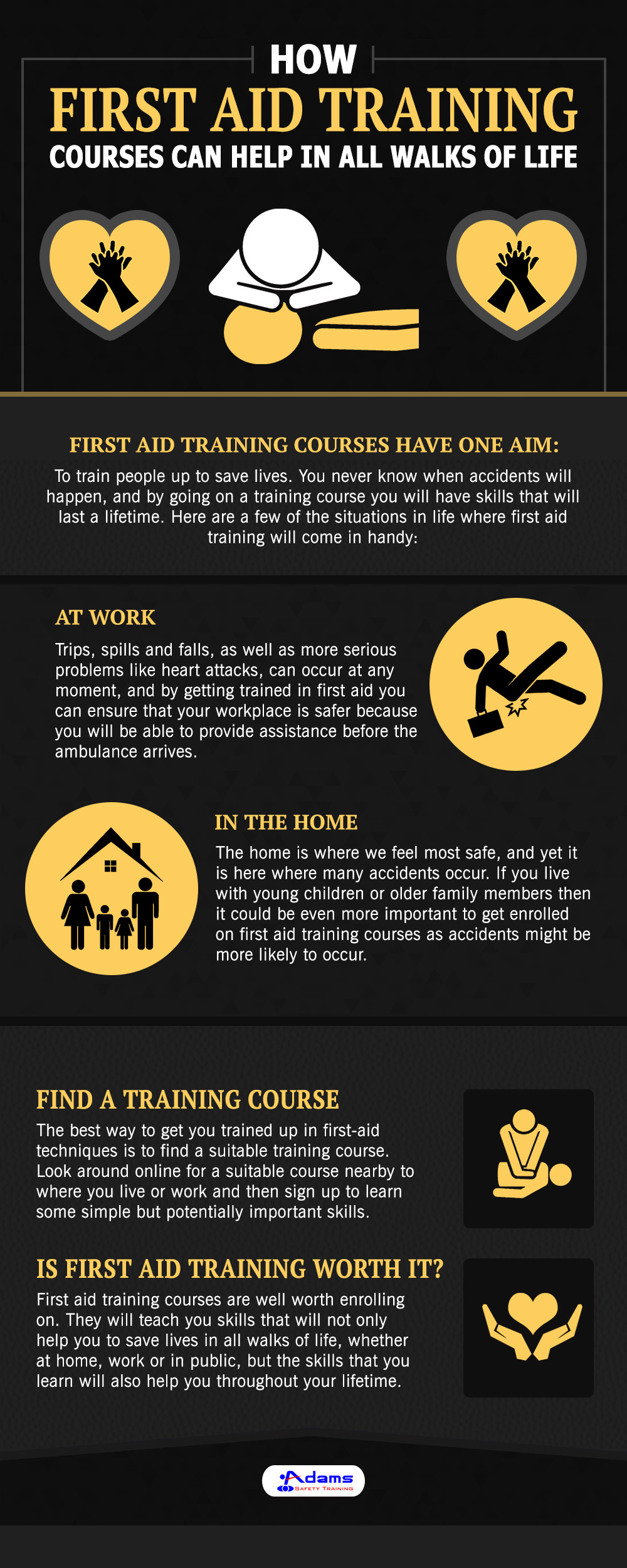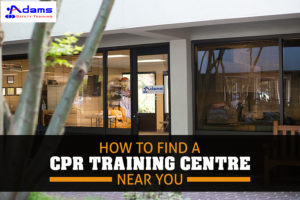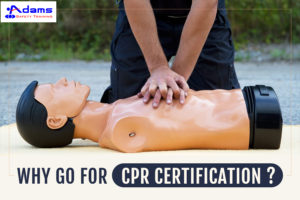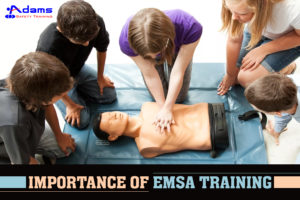Accidents and medical emergencies can occur in any environment, making it essential for individuals to be prepared to respond effectively. Basic OSHA CPR/First Aid training equips individuals with the necessary skills and knowledge to provide immediate assistance in a variety of situations. Whether you work in a construction site, warehouse, or any industry where adult-related issues are predominant, Basic OSHA CPR/First Aid training is a valuable asset. In this detailed blog post, we will explore the significance of Basic OSHA CPR/First Aid training, the key components covered in the training, and the benefits it offers to individuals and organizations.
Understanding Basic OSHA CPR/First Aid Training:
Basic OSHA CPR/First Aid training is designed to provide individuals with the fundamental knowledge and skills required to respond to medical emergencies and provide immediate care until professional medical help arrives. This training program is particularly focused on addressing adult-related issues, making it suitable for industries where the majority of the workforce comprises adults, such as construction, warehouses, and industrial settings.
Key Components of Basic OSHA CPR/First Aid Training:
- Cardiopulmonary Resuscitation (CPR): Basic OSHA CPR training covers the techniques and procedures involved in performing CPR on adults. Participants learn how to recognize signs of cardiac arrest, provide chest compressions, and deliver rescue breaths to maintain blood circulation and oxygenation.
- First Aid for Common Adult Injuries: The training program includes instruction on responding to various adult-related injuries and illnesses. Participants learn how to assess and treat wounds, control bleeding, immobilize fractures, recognize and respond to respiratory emergencies, and manage medical conditions such as heart attacks, strokes, and allergic reactions.
- AED (Automated External Defibrillator) Usage: AEDs are critical devices used to restore normal heart rhythm in cases of sudden cardiac arrest. Basic OSHA CPR/First Aid training typically includes hands-on practice and guidance on using AEDs effectively and safely.
Benefits of Basic OSHA CPR/First Aid Training:
- Rapid Response and Life-Saving Skills: Basic OSHA CPR/First Aid training equips individuals with the skills necessary to respond quickly and appropriately in emergency situations. Being trained in CPR and first aid techniques enables individuals to provide immediate assistance, potentially saving lives and reducing the severity of injuries.
- Compliance with Safety Regulations: Many industries have specific safety regulations that require employees to be trained in basic CPR/First Aid. By completing Basic OSHA CPR/First Aid training, individuals and organizations demonstrate their commitment to maintaining a safe working environment and complying with industry standards.
- Workplace Safety and Risk Reduction: Basic OSHA CPR/First Aid training enhances overall workplace safety by equipping employees with the knowledge to recognize and mitigate potential hazards. Trained individuals become more proactive in preventing accidents and injuries, thereby reducing the overall risk within the workplace.
- Boosting Employee Confidence and Morale: By providing Basic OSHA CPR/First Aid training, organizations empower their employees with life-saving skills. This fosters a sense of confidence and self-assurance, as employees know they are capable of responding effectively in emergency situations. Such empowerment can lead to increased morale and a more resilient workforce.
- Emergency Preparedness: Basic OSHA CPR/First Aid training enhances an organization’s emergency preparedness. Trained individuals can act as first responders during critical situations, providing immediate care until professional medical assistance arrives. Their ability to assess and respond to emergencies can help minimize the impact of injuries and potentially save lives.
Conclusion:
In conclusion, Basic OSHA CPR/First Aid training is of immense significance in promoting safety and preparedness across various industries. This comprehensive training equips individuals with the essential skills and knowledge to respond effectively to emergencies and provide immediate care until professional medical help arrives.
Adams Safety Training recognizes the importance of Basic OSHA CPR/First Aid training and is committed to delivering high-quality, tailored programs that meet the specific needs of individuals and organizations. By enrolling in Basic OSHA CPR/First Aid training, individuals can acquire the necessary skills to confidently respond to emergencies and become vital assets in their workplaces and communities.
Investing in Basic OSHA CPR/First Aid training is an investment in safety, preparedness, and the well-being of employees. It not only meets regulatory requirements but also enhances employee morale, workplace safety, and emergency response capabilities. By prioritizing Basic OSHA CPR/First Aid training, individuals and organizations demonstrate their commitment to creating a safer, more prepared environment for all.

![HOW FIRST AID TRAINING COURSES CAN HELP IN ALL WALKS OF LIFE [INFOGRAPHIC]](https://www.adamssafety.com/wp-content/uploads/2022/11/Infographic-10.17.2022-2-scaled.jpg)







